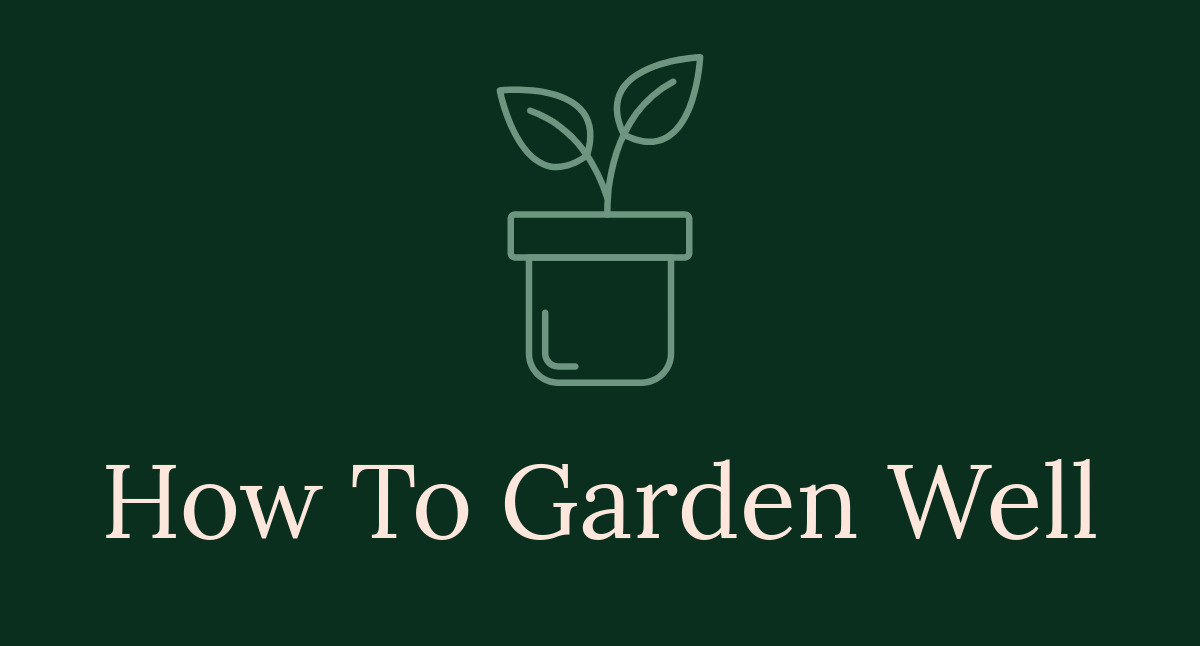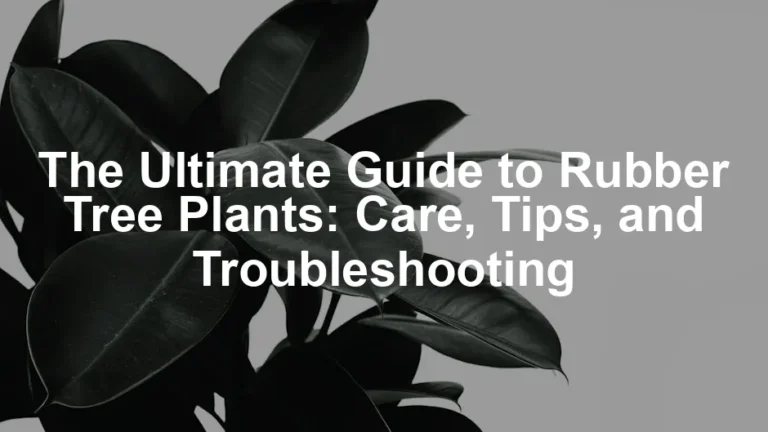
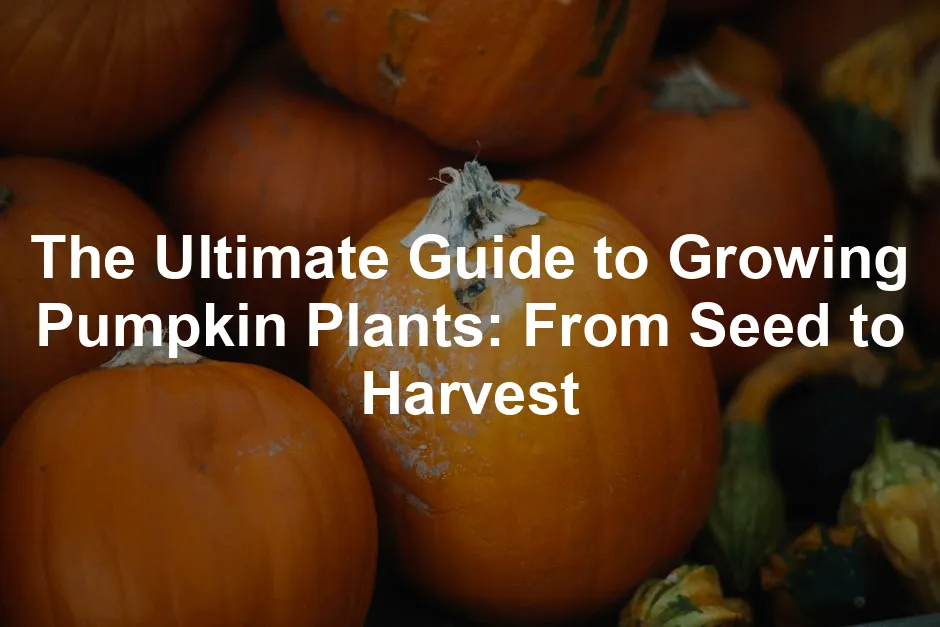
The Ultimate Guide to Growing Pumpkin Plants: From Seed to Harvest
Introduction
Growing pumpkin plants brings joy and satisfaction. They’re perfect for pies, soups, and festive decorations. Watching your seeds transform into vibrant pumpkins is truly rewarding. Plus, they add a splash of color to your garden!
Summary and Overview
This guide will walk you through every step of growing pumpkin plants. First, we’ll discuss preparation, including soil health and selecting the right variety. Next, we’ll cover sowing seeds, planting techniques, and essential maintenance. Finally, we’ll explore harvesting tips and how to use your pumpkins creatively. Understanding different pumpkin varieties is crucial for successful growth. Each type has unique requirements, so knowing your options ensures a bountiful harvest. Seasonal considerations will also play a vital role in your pumpkin-growing journey, as these plants thrive in warm, sunny environments.
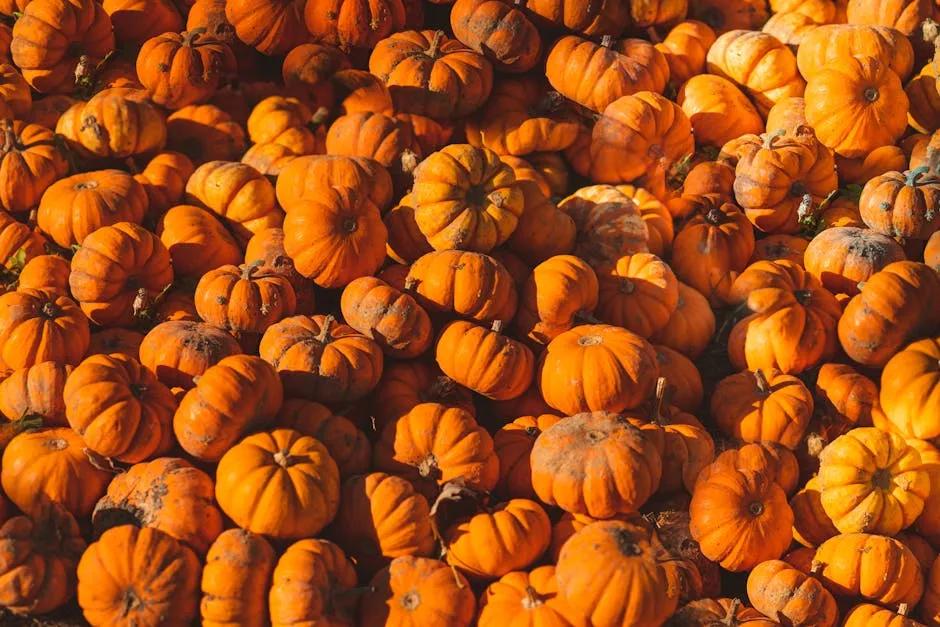
Soil preparation is a key step in ensuring the success of your pumpkin plants. Learn more about soil preparation.
Getting Started with Pumpkin Plants
Choosing the Right Pumpkin Variety
When selecting pumpkin varieties, consider your goals. Jack-o’-lanterns are great for carving, while pie pumpkins are ideal for baking. Decorative pumpkins add flair to fall displays. Each type varies in size, growth patterns, and yield, so choose wisely.
Jack-o’-lanterns grow large and are perfect for Halloween. They typically weigh 10-20 pounds and have a classic orange hue. On the other hand, pie pumpkins are smaller, around 4-8 pounds, and boast a sweeter taste, making them perfect for baking. Decorative varieties, like Cinderella pumpkins, can be stunning, with unique shapes and colors.
Consider growth habits too. Some pumpkins sprawl, while others are compact. If space is tight, opt for smaller types. Yield expectations also matter; larger varieties often produce fewer fruits. With this knowledge, you can select the best pumpkins for your needs.
Explore our recommended pumpkin varieties to find the perfect match for your garden! Check out this Pumpkin Seed Variety Pack to get started!
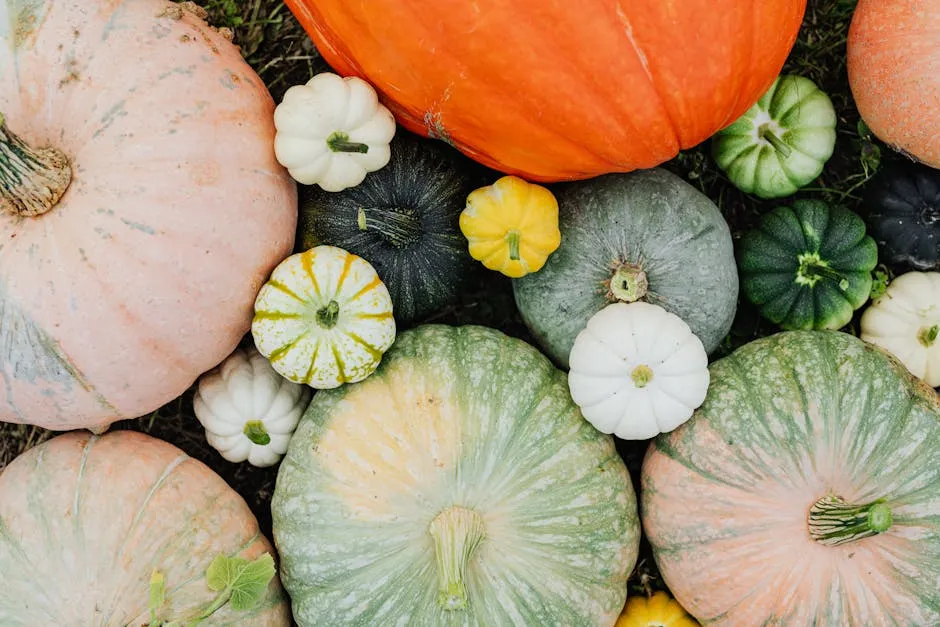
Preparing the Soil for Planting
Creating the perfect soil for your pumpkin plants is essential. Start by aiming for nutrient-rich soil, as pumpkins thrive when given the best conditions. Incorporate organic matter like organic compost or well-rotted manure into the soil. This boosts nutrients and helps retain moisture.
Next, focus on soil texture. Pumpkins prefer loamy soil, which is a mix of sand, silt, and clay. This combination allows for excellent drainage while holding enough water for your plants. Speaking of drainage, it’s crucial to ensure your soil doesn’t become waterlogged. Good drainage prevents root rot and promotes healthy growth.
Don’t forget to check your soil’s pH level. Pumpkins grow best in slightly acidic to neutral soil, ideally around 6.0 to 7.0. Use a soil testing kit to determine your pH. If it’s too low, add lime; if it’s too high, sulfur can help.
Preparing your soil properly can set your pumpkins up for success. Learn how to test your soil!
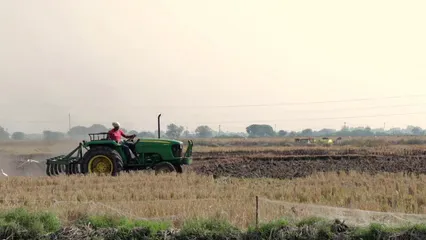
Soil pH testing is crucial for optimal plant growth. Discover more about soil pH testing.
Caring for Your Pumpkin Plants
Watering and Fertilizing
Pumpkin plants need consistent moisture. Aim for about 1 inch of water weekly. Water deeply to encourage strong roots. If leaves wilt or turn yellow, you may be over or under-watering. Yellowing leaves can indicate too much water, while wilting suggests a lack of it.
Fertilization plays a key role in healthy growth. Use organic fertilizers like compost or well-rotted manure. These options enrich the soil without chemical additives. Apply fertilizer when planting and again when flowers appear. This timing boosts fruit development.
Speaking of fertilizers, consider trying this fantastic organic fertilizer that can help your pumpkins thrive.
Watch for signs of nutrient deficiency. Yellow leaves may signal nitrogen shortage. Stunted growth could indicate a lack of phosphorus. Regularly checking your plants helps you catch issues early. Maintaining a balanced watering schedule and appropriate fertilization techniques is essential for thriving pumpkins.
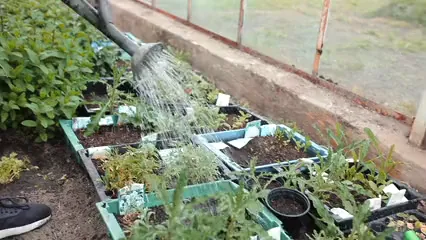
Pest and Disease Management
Pests can be a nuisance for pumpkin plants. Common culprits include squash bugs and aphids. Squash bugs cause wilting and yellowing leaves, while aphids suck sap, leading to stunted growth. Early detection is crucial for effective management.
To prevent infestations, practice good hygiene in your garden. Remove any debris where pests can hide. Introduce beneficial insects like ladybugs, which feast on aphids. Learn tips for attracting beneficial insects.
Diseases like powdery mildew can also affect pumpkins. This white, powdery fungus appears on leaves, reducing photosynthesis. Ensure good air circulation around plants to minimize humidity. Organic solutions like neem oil can help combat diseases effectively.
Maintaining healthy plants through pest management and disease prevention ensures a bountiful harvest.
Subscribe for pest control tips!
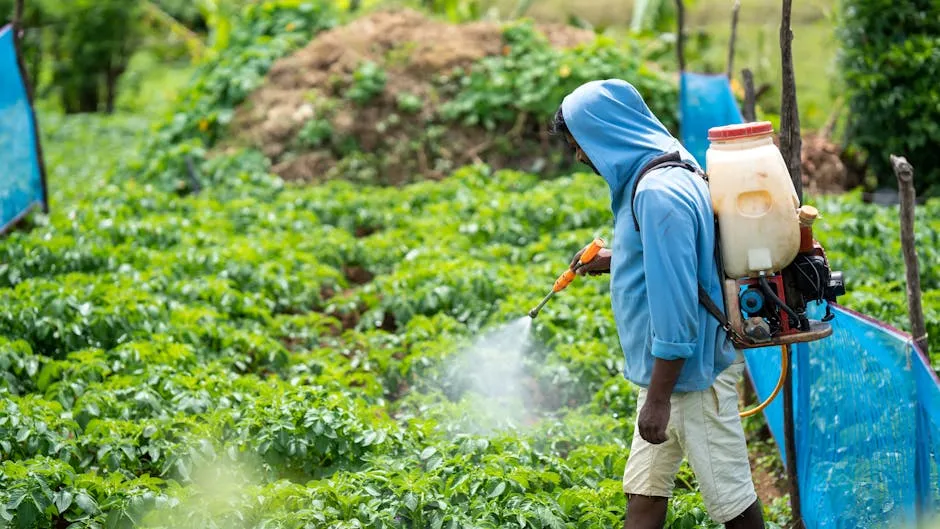
Harvesting and Using Pumpkins
When and How to Harvest Pumpkins
Harvesting pumpkins can be a thrilling experience! You’ll know they’re ready when their color deepens to a rich orange. Look for a hard skin that feels firm to the touch. Another sign is the stem; it should be dry and woody.
When it’s time to harvest, use a sharp knife or pruning shears. Cut the stem about 3-4 inches above the pumpkin. Be careful not to damage the vine or the fruit. This helps keep your pumpkins fresh longer.
Always wear gloves when handling pumpkins to avoid skin irritation. After harvesting, place your pumpkins in a cool, dry spot. This will help preserve their quality.
Learning when and how to harvest pumpkins can lead to a fantastic yield. Remember, proper care during this stage is essential for your pumpkin success.
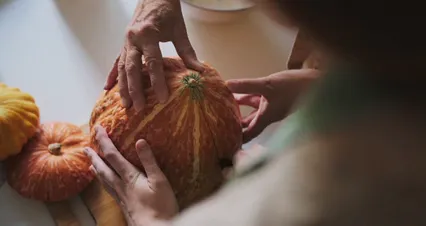
Culinary and Decorative Uses for Pumpkins
Pumpkins are incredibly versatile! In the kitchen, they shine in both savory and sweet dishes. Try making a creamy pumpkin soup or a classic pumpkin pie. These recipes highlight the natural sweetness and earthy flavor of pumpkins. Don’t forget to spice things up with pumpkin pie spice!
For a fun twist, consider carving or painting your pumpkins for decoration. Carving them into jack-o’-lanterns is a beloved tradition. You can also create unique designs using paint or markers. Need some inspiration? Check out these jack-o’-lantern carving kits!
Nutritionally, pumpkins are a powerhouse. They are rich in vitamins A and C, making them great for your health. Plus, they’re low in calories, so you can enjoy them guilt-free!
Use your pumpkins creatively this season, both on your plate and in your decor.
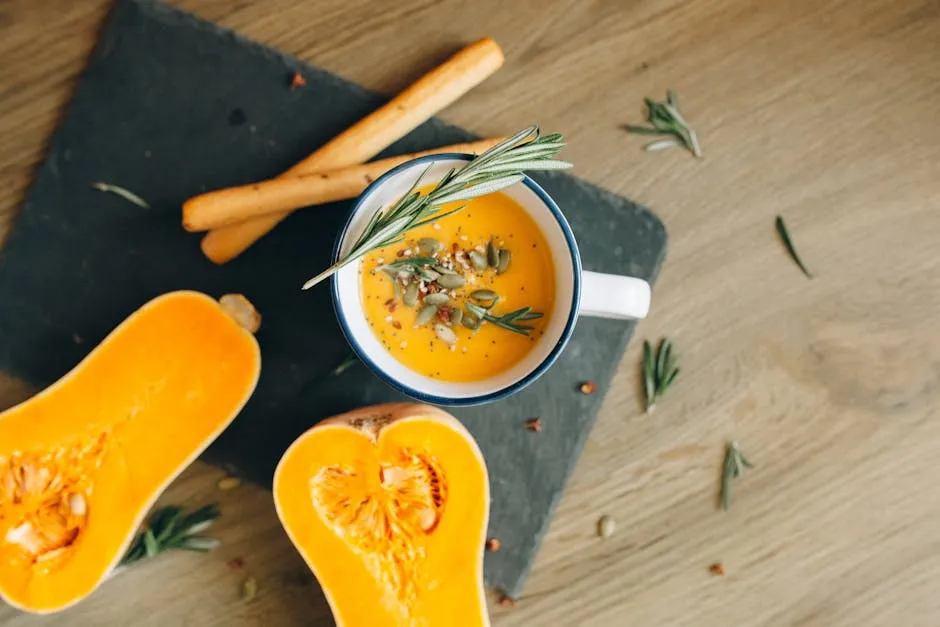
FAQs
What is the best time to plant pumpkin seeds?
The ideal time to plant pumpkin seeds is after the last frost. Most regions recommend sowing seeds in late spring. However, this can vary depending on your local climate. Check your growing zone to find the best planting season for your area.
How often should I water my pumpkin plants?
Water your pumpkin plants about once a week. Ensure deep watering to encourage strong root growth. If the leaves start to wilt, that may indicate they need water. Conversely, too much moisture can lead to root rot, so find a balance.
Can I grow pumpkins in containers?
Yes, pumpkins can be grown in containers! Choose smaller varieties for better results in pots. Ensure your container has good drainage and is large enough to accommodate the plant’s growth. Remember to provide support for sprawling vines.
What are the most common pests that affect pumpkin plants?
Common pests include squash bugs and aphids. Squash bugs can cause wilting, while aphids may lead to stunted growth. To manage pests, practice good garden hygiene and consider introducing beneficial insects like ladybugs.
How can I store my harvested pumpkins?
Store harvested pumpkins in a cool, dry place to extend their shelf life. Avoid direct sunlight and high humidity, which can cause rot. Proper storage can keep your pumpkins fresh for several months, allowing you to enjoy them longer.
If you’re looking to keep your garden organized, consider using plant labels to mark your different varieties. It’s a small investment that can save you a lot of confusion later!
Please let us know what you think about our content by leaving a comment down below!
Thank you for reading till here 🙂
All images from Pexels
